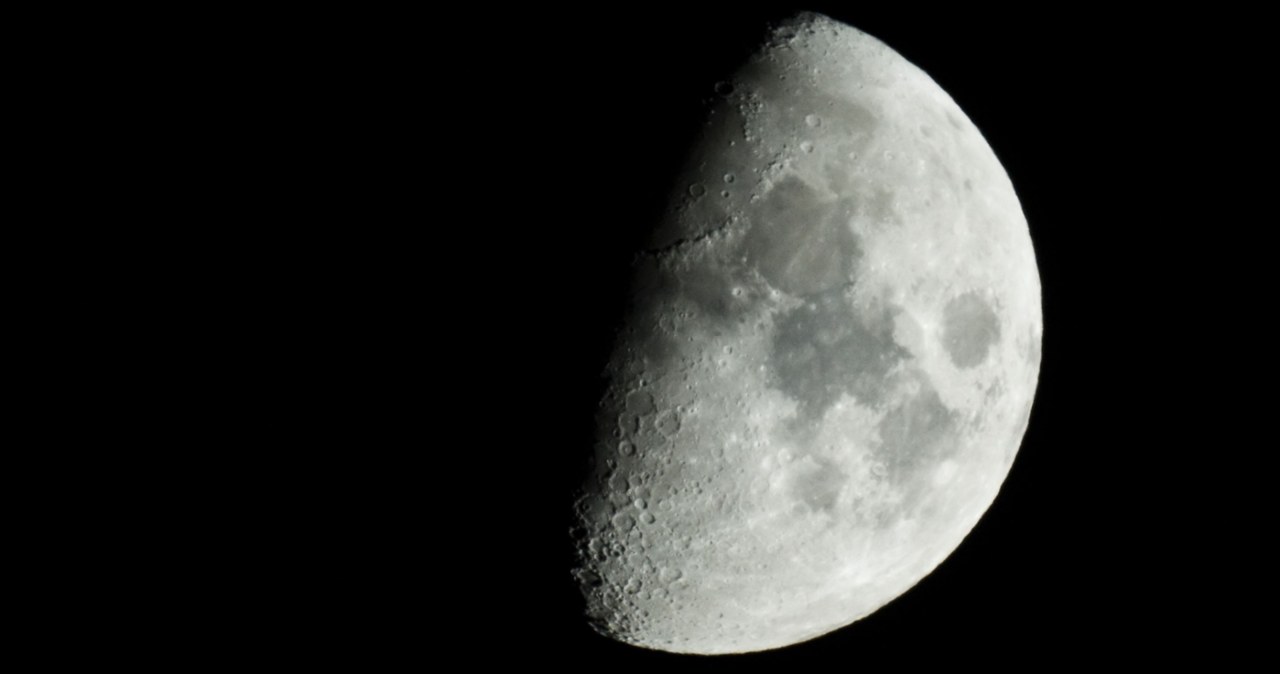When observing the Moon through a telescope, we can encounter amazing surface structures that resemble swirls and longitudinal bands. They have a very light shadow and extend for hundreds of kilometers. They attract attention with their shapes and look unusual. Unnatural elements of the moon.as if someone put it there on purpose.
It is not surprising that Lunar vorticesThe vortex, as it is commonly called, is not a natural phenomenon for some people. To date, no such vortex has ever been sampled, and no astronaut has ever visited one. So scientists have been debating for years what it really is and where it came from on the moon. And they may have found the answer.
A group of American researchers from Washington University in St. Louis, St. Louis University and Stanford University suggest that something beneath the surface of the silver sphere may be responsible for the lunar swirls. strange magnetic anomalyThe latest study could be a milestone in our detailed understanding of the Moon’s features.
Analyses from previous years have shown that the lighter shade of the moon’s swirls is due to the magnetization of its rocks. Normally, because the moon has no atmosphere, it receives huge amounts of radiation from the solar wind. This causes the rock on the moon’s surface to appear dark. However, some moon rocks are magnetized enough to reflect the radiation. In this way, they maintain their brightness, creating a structure that looks like a web of strange swirls and ribbons.
The question is why are these rocks, arranged in unexpected shapes, magnetized? According to one hypothesis, it may be responsible for this. Magma flows under the moon’s surfacewhich cools and creates a magnetic anomaly. In this way, it magnetizes some of the rocks on the surface.
The researchers tested this hypothesis on samples of ilmenite, which is A mineral found on Earth and the Moon. It can react with magnetism to form iron particles. During experiments, it was possible to magnetize ilmenite fragments under conditions simulating those on the Moon.
“The smaller particles we’ve been working with seem to produce stronger magnetic fields because the surface-to-volume ratio is larger for smaller grains than for larger grains. Our analog experiments have shown that we can create the magnetized material we need under lunar conditions,” said study co-author Professor Hans Krawczynski of Washington University in St. Louis. “These disturbances are likely caused by subsurface magma.”
The limitation of this research is that it assumes that the rock from which the lunar spirals form contains a reasonable amount of ilmenite. Without a specific sample of material from the surface of the lunar spiral, it is difficult to draw definitive conclusions about its origins. But a study by scientists from Washington University in St. Louis and Stanford University has Powerful Guide to Solving the Mystery of the Moon’s Swirls.
Studying it is key to understanding how our moon’s surface was formed. If magnetism is indeed involved in its creation, it could also reveal knowledge about the magnetism of the entire moon. The ultimate answer to this may bring This year’s Vertex mission, organized by NASAThis includes sending a rover to the surface of the moon called Reiner Gamma, where one of the most famous lunar spirals is located.
The research was published in the journal Journal of Geophysical Research: Planets

“Prone to fits of apathy. Introvert. Award-winning internet evangelist. Extreme beer expert.”









